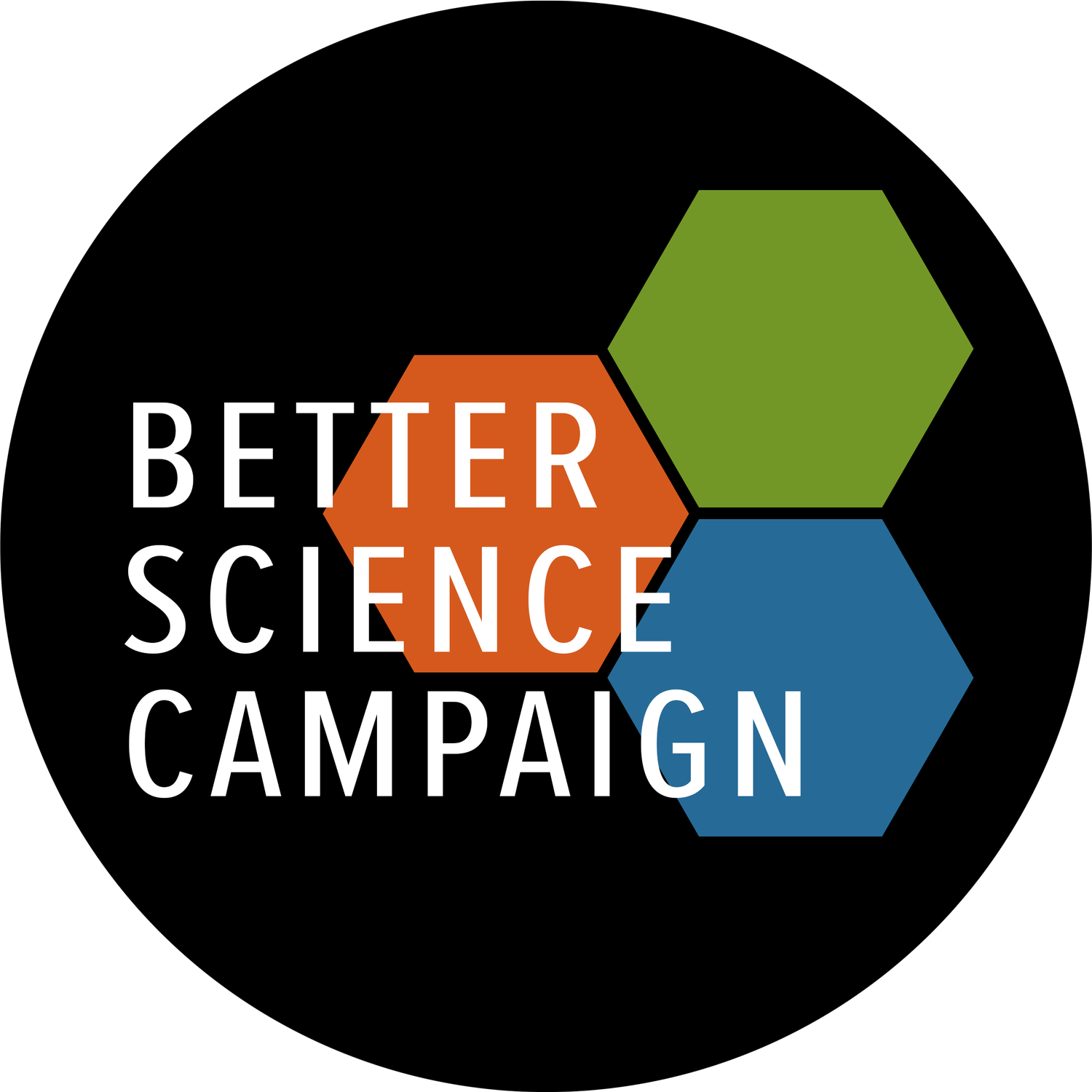Julie’s Law is a work in progress.
Please help us by using the contact form to give feedback.
Julie’s Law
A Bill of Rights for Nonhumans Who Are Studied or Experimented on in Laboratories
This Bill of Rights serves to recognize that all animals have:
The right to not be property.
The right to not be killed, or harmed physically or psychologically for science.
The right to not be bred for science.
The right to a home or habitat that provides for natural social needs and behaviors.
The right to have a guardian or an advocate to protect their rights.
The right to have their interests represented in court and protected by law.
The right to be tested upon only if they are expected to directly benefit.
Meet Julie
This is Julie. She spent the first year of her life in a small metal cage in a breeding facility that was also a laboratory. During that time, she had only a metal grate to stand and sleep on (no bed or blanket, not even a towel). She was surrounded 24/7 by other stressed, constantly barking dogs in stacked cages. She had no name then; to identify her, there were numbers and letters tattooed on the underside of one ear and on an inner thigh. She was rescued by investigators documenting the conditions there and was adopted by a family. But thousands of dogs like her were left behind.
It took a long time for Julie to adjust to her new life. Having been in a small cage her whole life, she couldn’t walk a straight line — she could only walk or run in circles. She was afraid of everything (think: the noise of a pen dropping to the floor) and everyone. She wasn’t house trained. These were just a few of many issues resulting from life in a lab, but she slowly became comfortable, developed confidence from knowing she was loved, and eventually she became a happy, affectionate dog.
Thousands of dogs continue to be bred and used for pointless experiments and trainings (such as veterinary school students learning surgical techniques) that could be done with other methods. Chemicals — such as cleansers, adhesives, and lubricants — are tested on animals, inflicting terrible pain and stress without producing results that accurately predict how the chemical will affect humans. This is unnecessary, and it is not good science. There are more efficient, less costly, and less cruel ways to investigate and teach.
Every year in the United States, hundreds of millions of dollars are spent to purchase animals for use in research. These are funds that could be spent on human-relevant models. Not only money but time and lives are essentially thrown away, because the findings of these studies have limited, if any, application in human medicine.
To health science professionals and students entering these fields, we invite you to learn more about alternatives to the use of living animals in research and training. We seek to build a community of astute and compassionate scientists empowered to challenge entrenched methods that serve neither animals nor humans.

